Black racers are a common species of snake that lives in North and Central America. They are also known as “eastern racers,” though they do not only live in eastern North America.
These snakes live throughout the United States, with the exception of large portions of the Midwest. There are several different subspecies of black racer, and not all subspecies are black! Read on to learn about the black racer.
Description of the Black Racer
The appearance of this snake species varies based on the region. All of the subspecies have rather shiny scales, but their color varies from black and gray, to bluish and brown.
The young, juvenile snakes have patterns across their scales, usually in red or brown. Once the young snakes reach 30 in. long they usually lose these patterns and assume a more uniform color. Adults grow up to 5 feet long, and weigh a little over a pound.
Interesting Facts About the Black Racer
Because these snakes are so common, they are relatively well-known creatures. While many people can identify black racers, far fewer know much more about these snakes.
- Coluber constrictor – Despite their species name of “constrictor,” these snakes are not particularly constrictor-like. Other constrictors wrap their muscular bodies around their prey, and squeeze to suffocate them. Black racers do not constrict their prey.
- Nonvenomous – While they do not constrict their prey, they also do not use venom to subdue potential meals. Black racers are not venomous, and while their sharp teeth might hurt, they do not have the dangerous venom of some other species.
- Group Egg Laying – Most racers find a nice secluded space to lay their eggs, like an old log or a pile of rotting leaves. However, some racers lay eggs in large, communal nests. In fact, researchers found a single communal nest on one occasion with over 300 eggs inside!
- Spook Snake – Like many other species of snakes, black racers use a number of different methods while attempting to escape predators. If they cannot swiftly escape into a nearby bush or rock pile, they will coil their bodies and rattle their tails. They do not have rattles, like the venomous rattlesnake does, but if they shake their tail in dry leaves or branches the sound is quite similar and scares away predators.
Habitat of the Black Racer
Black racers live in a variety of different ecosystems within their range. Because they live in so many different areas, they must be flexible to survive. Some of their favorite habitats are grasslands and fields, open woodlands, and the edges of forests.
They also live in swamps, marshes, along the edges of lakes, and more. Because they live in northern portions of the United States, they frequently encounter cold seasons. During these times they retreat to the safety of the dense vegetation and go into a hibernation-like state.
Distribution of the Black Racer
This species of snake has a relatively large range. They live as far north as southern Canada, and as far south as Guatemala. In the United States, they live along both the East Coast and the West Coast, with their only absence in the Midwest. They also spread down from Texas into portions of Mexico and into Guatemala. Different regions commonly have different subspecies of racers.
Diet of the Black Racer
Like most snakes, black racers are carnivorous, which means they eat meat. Their diet depends on their age and location. Younger snakes frequently prey on lizards, small snakes, frogs, insects, and small rodents.
Adults eat all of the above, and also feed on small birds, eggs, squirrels, rats, mice, small rabbits, and more. Instead of squeezing their food like a constrictor, these snakes simply hold their prey down so that they can swallow it whole.
Black Racer and Human Interaction
Because racers live in urban and agricultural areas, they run across the path of humans pretty frequently. However, black racers are not dangerous to humans in the slightest. In fact, they pose no threat to humans in any way, and usually attempt to flee if confronted. Additionally, these snakes hunt pesky animals like mice and rats, making them beneficial to people.
Domestication
Humans have not domesticated racer snakes in any way.
Does the Black Racer Make a Good Pet
Unlike some other species of snakes, racers do not make good pets. They are not particularly docile animals, and rarely become accustomed to handling. These snakes are accustomed to traveling long distances, so they do not thrive in small habitats.
Black Racer Care
In a zoological setting, zookeepers handle racers infrequently to reduce stress. They keep them in relatively large habitats for their size, because they are active snakes. Feeding them is relatively simple, because they eat small rodents in the wild. Like any other reptile, racers also need a light source and a heat source to thrive.
Behavior of the Black Racer
These snakes usually cruise along at approximately 4 mph, and search for potential prey. They commonly hide in burrows, rotten logs, rock crevices, and other hidden areas. These snakes use their eyesight and sense of smell to search for prey and watch for predators.
When threatened, these snakes flee quickly to cover. If cornered, they coil up, rattle their tails, and strike. Also, they writhe around if grabbed.
Reproduction of the Black Racer
Black racers breed in spring and lay their eggs in summer. A typical batch of eggs, called a “clutch,” can contain anywhere from 3 to 32 eggs. The sun incubates the eggs, and they usually hatch within a month or two.
Young snakes are up to 2 feet long at hatching, and do not receive any maternal care. they reach sexual maturity anywhere between 1 and 3 years of age.

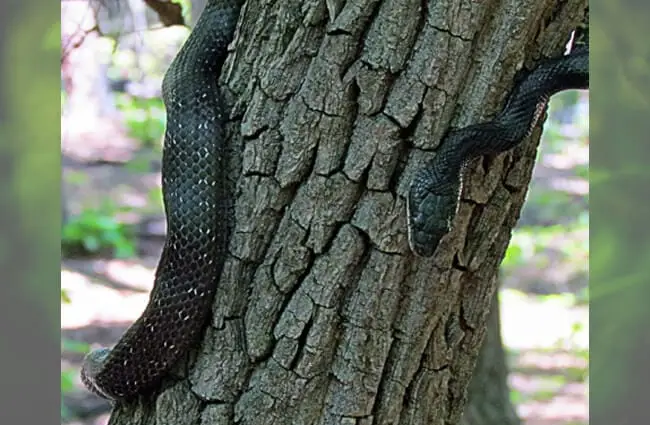

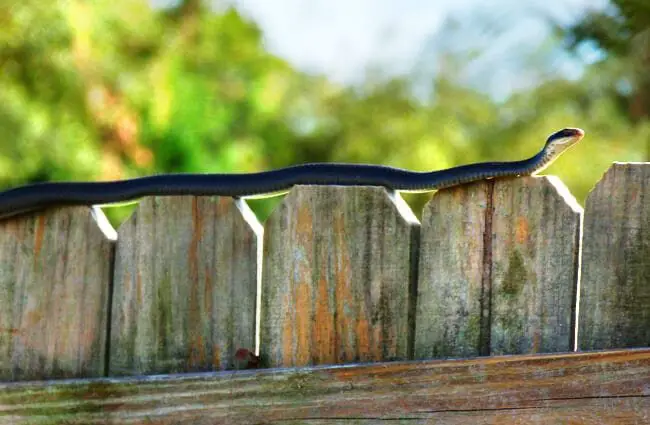
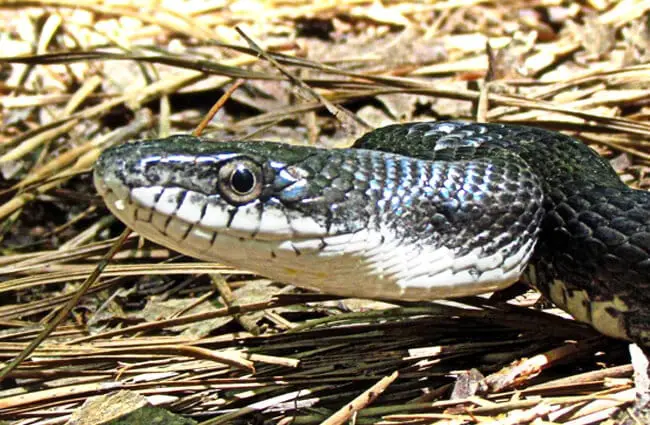

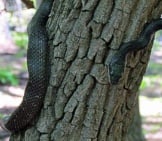
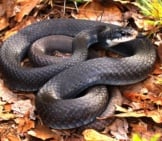

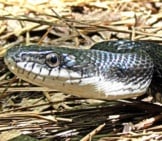
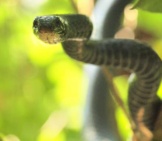
![Red Angus Closeup of a beautiful Red Angus cowPhoto by: U.S. Department of Agriculture [pubic domain]https://creativecommons.org/licenses/by/2.0/](https://animals.net/wp-content/uploads/2020/03/Red-Angus-4-238x178.jpg)












![Red Angus Closeup of a beautiful Red Angus cowPhoto by: U.S. Department of Agriculture [pubic domain]https://creativecommons.org/licenses/by/2.0/](https://animals.net/wp-content/uploads/2020/03/Red-Angus-4-100x75.jpg)

